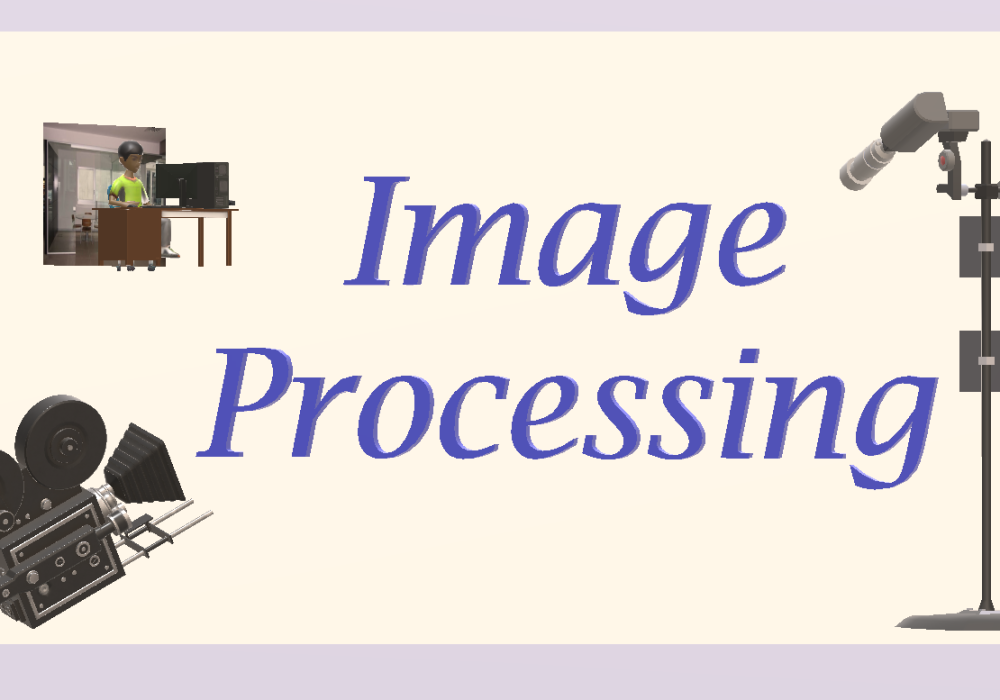
IMAGE PROCESSING
Introduction
Image processing is method to perform some operation on an image, in order to get an enhanced image or to extract some useful information from it. The analysis and manipulation of a digitized image, especially in order to improve. It’s improve the content and quality of an image and its design to manipulate digital image. Now a days image processing is widely used in many field the theoretical basics of image processing, along with its application, is an extensive topic that cannot be adequately covered here but that has been presented in a number of texts dedicated exclusively to this.
For example: Defence, medical image, bio-imaging, neuro-imaging, computer vision. It analysis the dark image to identify the clear image.
With a minimum investment, one can reality enhance contract, quantify intensity, detect edges, and apply various mathematical operation in this processing. Crop the image to remove unwanted clutter. Improve the visual appearance of images to a human viewer.
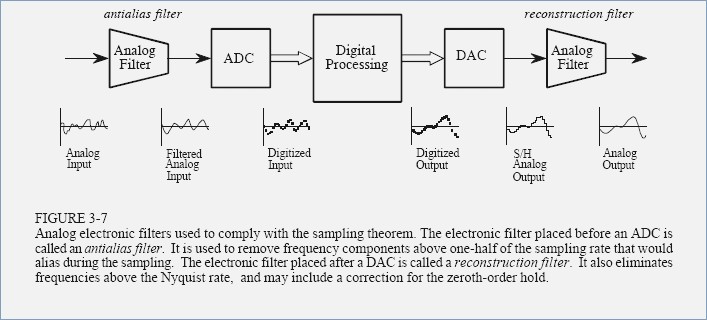
It is a type of signal processing in which input is an image and output may be image or characteristics/feature association with image. The method used for image processing are analog and digital image processing. Analog or visual techniques of image processing can be used forthehard copies like print out and photographs.
TYPES OF IMAGE PROCESSING:
- Image to image transformation
- Image to information transformation
- Information to image transformation
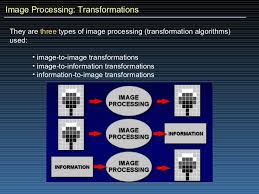
IMAGE TO IMAGE TRANSFORMATION:
- Enhancement to make image more useful and pleasing.
- Restoration to remove the grid.
- Geometry to scaling, sizing, zooming, morphing one object to another.
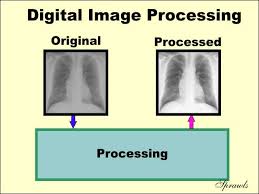
IMAGE TO INFORMATION TRANFORMATION:
- Image statistics is histogram. Histogram is the fundamental tool for analysis and image processing.
- Imagecompression.
- Image analysis is segmentation, feature extraction, patternrecognition.
- Computer-aided detection and diagnosis(CAD).
INFORMATION TO IMAGE TRANFORMATION:
- Decompression to compressed image data.
- Reconstruction of image slices from CT or MRI raw data.
- Computer graphics, animation and virtual reality(synthetic object).
COMPUTER GRAPHICS:
We don’t often think of computer graphics as image processing because it processing 2D and 3D image definition files rather than the resulting image themselves. It is fine point, but worthy of note. Example include maps, posters, videos and movies.
MEDICAL IMAGING:
This type focuses on processing that helps with issues detection and diagnosis. Example include; Biological (non-invasive visualization of biological processes) and Neuroimaging (visualization of the nervous system).
OVERVIEW OF IMAGE PROCESSING:
Image processing refer to quantitative analysis and/or algorithm applied to digital image data. It allow generation of 3D parametric maps and implies calculation of values that should be ultimate (replication, rater-independent) .
Digital processing techniques help in manipulation of the digital image by computers. As raw data from imaging sensors from satellite platform contains deficiencies.The Three general phases of processing that all types of data have to undergo while using digital technique are pre-processing, enhancement and display, information extraction.
When looking under water with a camera, the user is hampered by low contract, color change and interference. Imagery may undergo a shift in hue with respect to the original scene due to filtering of the water. A color correction and restoring the original color of the scenario as well as possible.
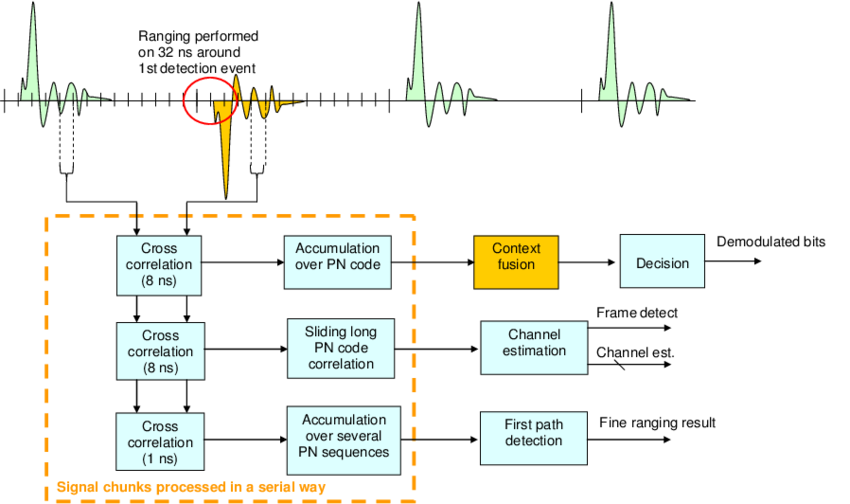
While PERFORMING this sub-pixel estimation, adaptive image integration reduce temporal noise,which in turn decreases sea snow. A main drawback of such method is that applying only contract enhancement will also amplify camera noise and sea snow. Note that not only is the contract of the contrast of the object enhanced, but the sea snow.
Follow our blog for more articles and ideas on programming language. We also provide cheat sheets for many widely used programming languages!
From,

Jayashree Mohan 🙂
(Executive Content Advisor)